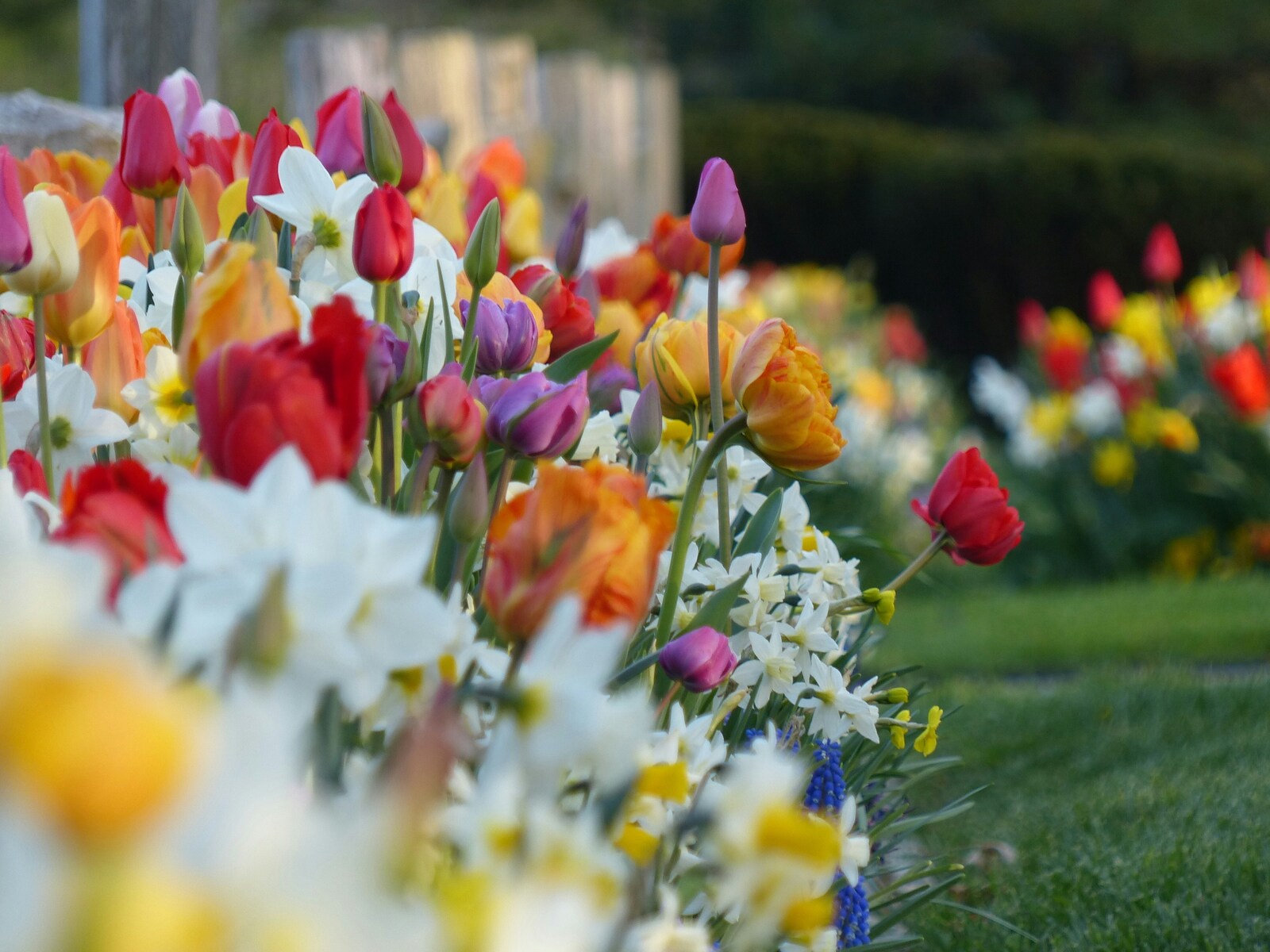Creating a Pollinator-Friendly Garden to Help the Bees and Your Flowers

Creating a Pollinator-Friendly Garden to Help the Bees (and Your Flowers)
Bees, butterflies, hummingbirds, and other pollinators play a vital role in the health of our ecosystems—and our gardens. Without them, many of the fruits, vegetables, and flowers we enjoy simply wouldn't exist. But due to habitat loss, pesticides, and climate change, pollinator populations are in decline.
The good news? Every home gardener can make a difference. By creating a pollinator-friendly garden, you're not only helping these essential creatures thrive—you're also encouraging a more vibrant, productive, and beautiful outdoor space.
Here's how to build a buzzing backyard sanctuary that benefits pollinators and your plants.
1. Plant a Variety of Pollinator-Friendly Flowers
Diversity is key. Different pollinators are attracted to different types of plants, so aim for a wide range of flower shapes, colors, and bloom times.
- Choose native plants: Native species are best adapted to local pollinators and require less maintenance.
- Aim for continuous bloom: Select a mix of early spring, summer, and late-blooming flowers.
- Popular choices: Coneflowers, black-eyed Susans, bee balm, lavender, milkweed, and yarrow.
Tip: Group the same plant in clusters so pollinators can easily spot and access them.
2. Say No to Pesticides
Even "garden-safe" pesticides can harm bees, butterflies, and other beneficial insects.
- Avoid systemic pesticides, especially neonicotinoids, which linger in plant tissues.
- If needed, use natural remedies like neem oil, insecticidal soap, or diatomaceous earth—and apply them during early morning or late evening when pollinators are less active.
3. Provide Fresh Water Sources
Pollinators need water just like we do. A shallow dish with water and a few stones for perching creates a simple and effective bee bath.
- Birdbaths, fountains, or saucers filled with clean water work well.
- Refresh regularly to avoid mosquitoes and algae buildup.
Bonus: A small water feature can double as a decorative garden element!
4. Add Host Plants for Butterflies
While flowers provide nectar for adult butterflies, they also need host plants where they can lay eggs and feed their caterpillars.
- Milkweed is essential for monarch butterflies.
- Parsley, dill, and fennel attract swallowtails.
- Let some of your herbs go to seed—they become buffet tables for pollinators!
5. Provide Shelter and Nesting Areas
Pollinators need more than just food and water—they also need a place to rest, nest, and overwinter.
- Leave some bare soil patches for ground-nesting bees.
- Install bee hotels or bundles of hollow stems for solitary bees.
- Don't over-mulch—many bees burrow directly into the ground.
6. Keep It Natural and a Little Messy
A perfectly manicured yard isn't ideal for pollinators. Letting your garden be a little wild creates a more welcoming environment.
- Let some weeds grow, especially ones that flower like clover or dandelions.
- Leave leaf litter and plant stems through the winter—it's crucial habitat for overwintering insects.
Final Thoughts
Creating a pollinator-friendly garden isn't just an act of kindness toward bees and butterflies—it's an investment in the health and beauty of your entire yard. More pollinators mean better flower production, increased vegetable harvests, and a more balanced backyard ecosystem.
By choosing the right plants, avoiding chemicals, and embracing a more natural garden style, you'll turn your outdoor space into a haven that supports life—and rewards you with color, fragrance, and food all season long.
So get planting, and let your garden buzz with purpose!
Disclaimer:
The information provided in this article is for informational and educational purposes only and does not constitute professional gardening, home improvement, or landscaping advice. The content is based on sources believed to be reliable, but the author and publisher make no representations or warranties as to its accuracy, completeness, or timeliness.
The author is not a licensed professional contractor, landscaper, or horticulturist. You should consult with qualified professionals (such as a certified landscaper, professional contractor, or master gardener) who can assess your individual situation before undertaking any significant home or garden projects.
Home and garden improvements involve inherent risks, including potential damage to property, plants, or personal injury. Results may vary based on your specific conditions, climate, and execution. Any examples or discussions of specific techniques, products, or strategies are for illustrative purposes only and are not endorsements or recommendations.
Local regulations, climate conditions, and best practices change frequently, and the information in this article may become outdated. We are not obligated to update any information herein. Your specific situation is unique, and any decisions you make should be based on your own research, due diligence, and consultation with professionals. Reliance on any information provided in this article is solely at your own risk.
Stay Ahead with Our Newsletter
Get exclusive home and garden tips, seasonal advice, and DIY project ideas delivered directly to your inbox.